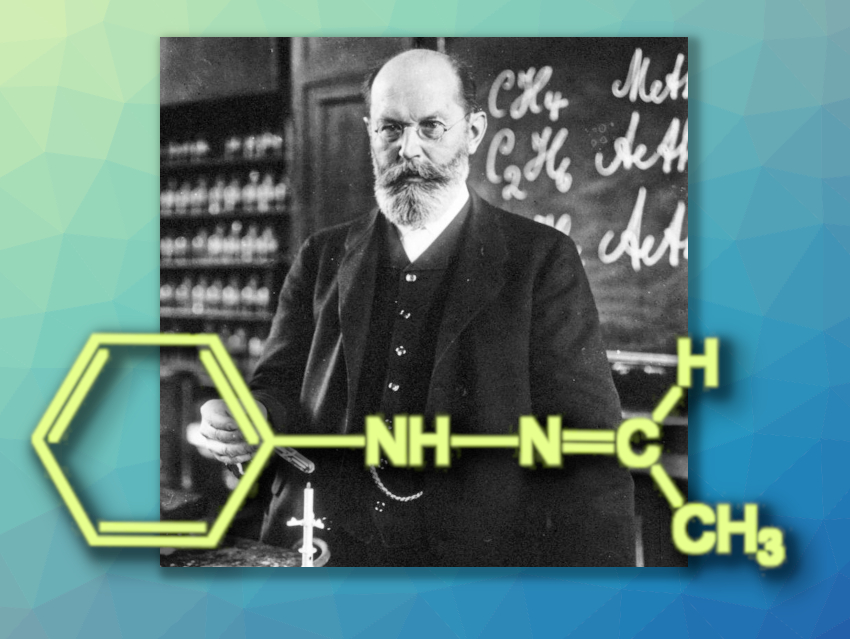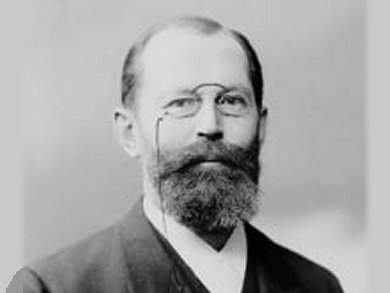Hermann Emil Fischer, 1902 Nobel Prize winner in Chemistry, was born on October 9, 1852, near Cologne, Germany. He enrolled at the University of Bonn, Germany, to study chemistry, but wished to study physics so joined the newly established University of Strasbourg, France, shortly after.
Here, Fischer met Adolf von Baeyer, under whose influence he finally decided to pursue chemistry. Under von Baeyer, Fischer worked on the phthalein dyes and wrote his Ph.D. thesis on fluoresceine and orcin-phthalein. He was appointed assistant instructor at Strasbourg University and here he discovered the first hydrazine base, phenylhydrazine and demonstrated its relationship to hydrazobenzene. In 1875, Fischer moved with his supervisor to the University of Munich, Germany, where he qualified as a Privatdozent and was appointed Associate Professor. He was promoted to full professor in 1881 and held positions at the universities of Erlangen, Würzburg, and Berlin, all Germany.
In addition to his work on the hydrazine dyes, he provided the first detailed understanding of caffeine and theobromine, principle ingredients in cocoa, coffee, and tea. In 1888, he showed the chemical relation between glucose, fructose, and mannose, and developed the Fischer projection for drawing carbohydrates. He also synthesized the first barbiturate, barbituric acid, allowing the development of affordable sedatives for insomnia and anxiety.
In 1902, Fischer was awarded the Nobel Prize for his work on sugar and purine syntheses. The Emil Fischer Memorial Medal was instituted by the German Chemical Society (GDCh) after his death in 1919.
Sources
- Emil Fischer, His Personality, His Achievements, and His Scientific Progeny,
Frieder W. Lichtenthaler,
Eur. J. Org. Chem. 2002, 24, 4095–4122.
https://doi.org/10.1002/1099-0690(200212)2002:24%3C4095::AID-EJOC4095%3E3.0.CO;2-2
Also of Interest

We go back to 1896 and look over Emil Fischer’s shoulder as he determines the melting point of his capricious hydrazone




